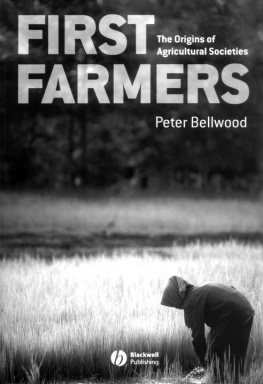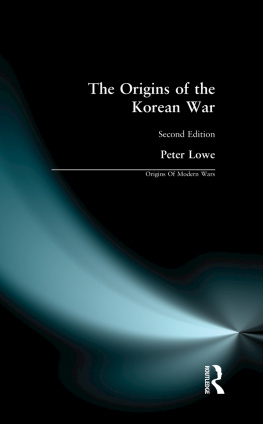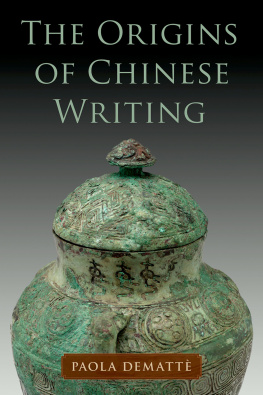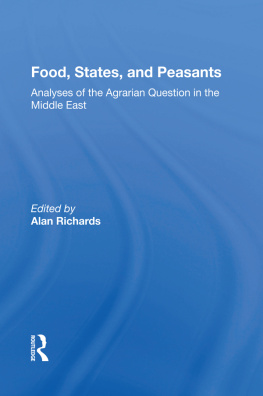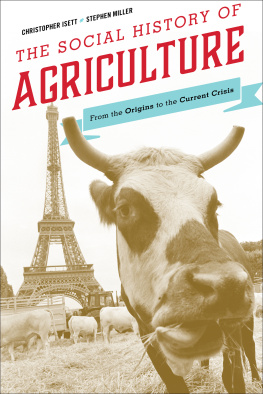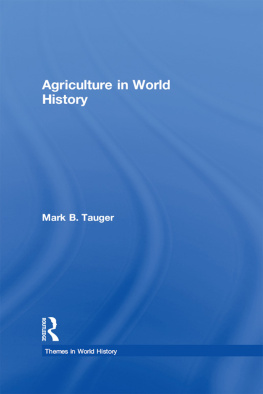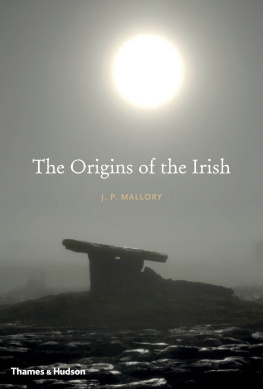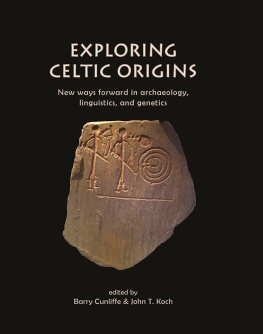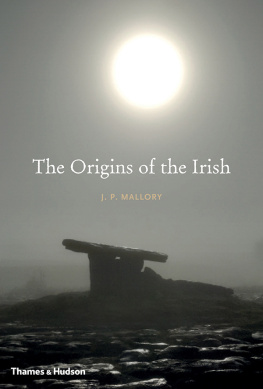





Summary Contents
Detailed Contents
List of Figures
List of Tables
Preface
1 The Early Farming Dispersal Hypothesis in Perspective
2 The Origins and Dispersals of Agriculture: Some Operational Considerations
3 The Beginnings of Agriculture in Southwest Asia
4 Tracking the Spreads of Farming beyond the Fertile Crescent: Europe and Asia
5 Africa: An Independent Focus of Agricultural Development?
6 The Beginnings of Agriculture in East Asia
7 The Spread of Agriculture into Southeast Asia and Oceania
8 Early Agriculture in the Americas
9 What Do Language Families Mean for Human Prehistory?
10 The Spread of Farming: Comparing the Archaeology and the Linguistics
11 Genetics, Skeletal Anthropology, and the People Factor
12 The Nature of Early Agricultural Expansion
Notes
References
Index
Detailed Contents
Figures
Tables
Preface
To present a reconstruction of human prehistory that has worldwide significance is no easy task. There are probably none alive who are fully trained practitioners in all the disciplines that contribute to the subject matter of this book, which is essentially focused on the origins and dispersals of ancient agricultural populations. I can claim professional training only in archaeology. But archaeology is a central discipline in the reconstruction of the human past, with a tentacle-like interest in the results of many other scientific fields.
The task set for this book is therefore a daunting one. The multidisciplinary correlations that point to major foundation layers of farming dispersal in human prehistory, on almost a worldwide scale within temperate and tropical latitudes, cannot be subjected to formal proof. But they can be presented as part of a very powerful hypothesis to be presented in more detail in the introductory chapter. At this point, as a backdrop, I would like to describe how I came to reach my current level of obsession with the history of human cultural, linguistic, and biological variation on such a broad scale.
As a student in Cambridge in the mid-1960s, I focused on the archaeology of the north-western provinces of the Roman Empire, and on the post-Roman (Germanic migrations) period. At that time, most of the glamor associated with the Cambridge department under the headship of Grahame Clark was attached to the Paleolithic/ Mesolithic and Neolithic/ Bronze Ages, so perhaps I had chosen a dark horse (not to mention a Dark Age!). But my reasons for choosing to study the later portion of the northwest European archaeological record related essentially to my desire to work in periods where the lives of real people ancestral to modern living populations could be reconstructed from written documents, combined with a dense and detailed record from archaeology.
In my final year at Cambridge I began to realize that, while Romans and AngloSaxons provided some extremely rewarding topics of investigation, nothing learned in those arenas would or could ever revolutionize understanding of the human condition on a world scale. My late teachers, Joan Liversidge and Brian Hope-Taylor, would probably have agreed. The great beyond was beginning to beckon. Having taken part in an undergraduate expedition with Norman Hammond to trace a Roman road in Tunisia and Libya in 1964, followed by archaeological expeditions to Turkey and Iran with Seton Lloyd and Clare Goff in 1966, I decided to look for more stimulus in remote and exciting places.
The excitement came quickly, following my appointment to a lectureship at Auckland University in New Zealand in 1967. This gave me six valuable years to undertake research in Polynesia, specifically in the Marquesas and Society Islands with Yosihiko Sinoto, then with my own projects in New Zealand and the Cook Islands. It was during this research period that I discovered the value of historical linguistics, and also a population of transparently shared and very recent origin, namely the Polynesians. I began to wonder how such a vastly spread grouping of humanity had been created in the first place, and how its members had subsequently differentiated after the islands were settled. Of course, even back in 1967 I was not the only person intrigued by the origins of the Polynesians. Following a tradition of enquiry that began with the explorers Cook and Forster in the 1770s, I found myself working at Auckland in the good company of Roger Green and Andrew Pawley, both strong advocates of an archaeolinguistic approach to prehistory (e.g., Pawley and Green 1975).
In 1973 I moved to the Australian National University, where research fever about the peopling of the Pacific Islands and Australia was at a peak during the 1970s. With John Mulvaney's encouragement I began research in Indonesia, and witnessed at first hand what I had long realized while in New Zealand. The Polynesians, while widespread, were really only a side chapter to the whole quite staggering phenomenon of Austronesian dispersal. At the same time, as a result of my undergraduate teaching, periodic fieldwork, and sabbatical travels, I had acquired a good working knowledge of several regions of world archaeology, especially at the Neolithic/ Formative level, in Asia, Europe, and the Americas.
It was during the early 1980s that I began to think seriously about the significance of agriculturalist dispersal in human prehistory, at a time when most archaeologists, reacting against Childe's concept of the "Neolithic Revolution," were regarding early agriculture as a very slow and laborious development for most populations. The idea that all the world's peoples had been relatively immobile since their origins, and had evolved their cultural characteristics essentially by independent and in situ processes, ruled the archaeological roost with little dissent. Western scholarship, in its most intensive phase of post-imperial guilt, was leveling the playing field of cultural evolution to mirror-smoothness. My knowledge of the Roman Empire, and Barbarian and Polynesian migrations, led me to be suspicious.
During the late 1980s and 1990s, I began to wonder just how smooth the reality had been, particularly with respect to two very important questions. Firstly, why was the real world of the last few centuries, in terms of its tempo of change and the patterns of human behavior on a group or "ethnic" level, so many light years away from the prehistoric world of slow change, cozy interaction, and long-term stasis favored by many archaeologists in their reconstructions? Secondly, why has so much of the world been inhabited, since written history began, by speakers belonging to a small number of very widespread language families? To many, the latter question might seem odd, especially coming from an archaeologist. But as I will attempt to demonstrate later, a widespread language family must have a zone of origin relatively restricted in extent, and a history of dispersal involving at least some movement of native speakers. "Widespread" in this context means far greater in extent than any polity, empire, or trade system known to us from ethnography or pre-Columbian world history.

